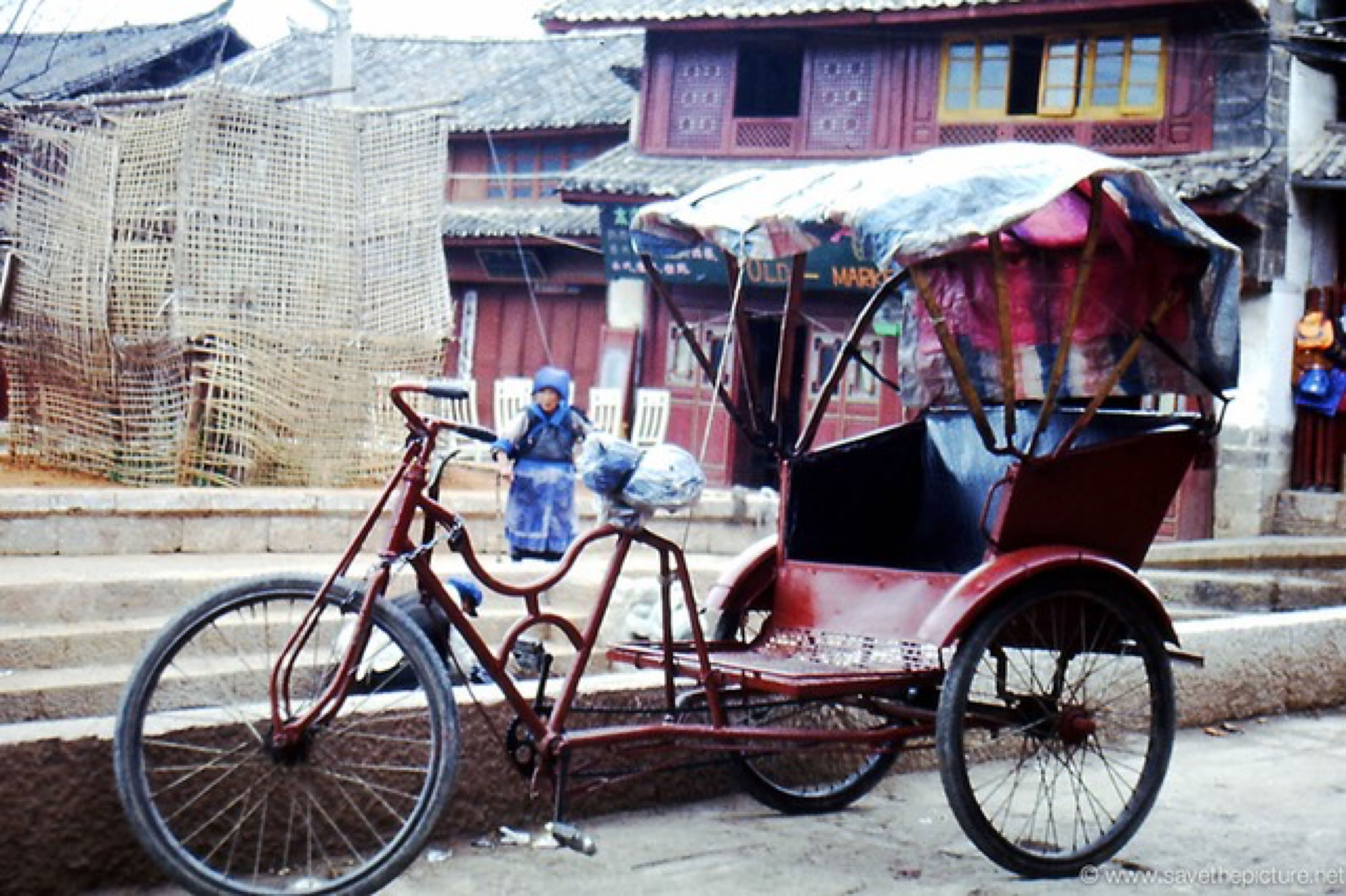

Ancient Taoism in Contemporary
Management Training & Martial Art


MARTRIX ORG.
Get your feeling working!
MARTRIX ORG.
Get your feeling working!
Ancient Taoism in Contemporary
Management Training & Martial Art


• HOME • About MARTRIX • Workshops • Trainers • Management Training • Coaching • Intuitive Boxing • Taikiken • Hachidankin • Baduanjin • 99-Taijiquan • Longevity • MartriX Exclusive Shop • Video Clips • Downloads • BrainQuakes• Index Page • Links • E-mail • HOME Nederlands •

Discover the Phenomenon of China: A Cultural and Natural Wonder
China is not so much a travel destinations as a mind-boggling phenomenon. It's home to one of the world's longest continuous civilizations, with an impressive heritage of art, architecture, language and cuisine. It’s a country of great contrasts: picturesque rural landscapes and congested cityscapes; and natural beauty that ranges from the untamed to the idyllic-from the windswept plains of the Gobi Desert and the notorious northern face of Mt. Everest to Yángshuò‘s gorgeous carved scenery.
China is Huge and wild enough to satisfy your explorer instinct, but crisscrossed with an extensive transportation network so you won't by left high and dry.
Chinese religion has been influenced by three great streams of human thinking: Taoism, Confucianism and Buddhism. Although each has separate origins.
It is said that Taoism is the only ‘home-gown’ Chinese religion - Buddhism was imported from India and Confucianism is mainly a philosophy.
YÚNNÁN PROVINCE
Yúnnán is without doubt one of the most alluring destinations in China. It’s the most varied of all China's provinces, with terrain ranging from tropical rain forest to snowcapped Tibetan peaks. It’s also the sixth-largest province and home to third of all China's ethnic minorities (nearly 50% of the province is non-Han) and half of all China’s plant and animal species. If you could only go to one province, this might well be it.
Yúnnán is also well known for its mild climate year-round - its name means ‘South of the Clouds’. The provincial capital, Kunmíng, is similarly referred to as the ‘Spring City’ .
SICHUAN PROVINCE
The Chinese often refer it Sichuan as the Heavenly Kingdom, a reference to the province's abundance in natural resources and cultural heritage. Its name ‘Four Rivers’, refers to four of the more than 80 mighty rivers spilling across the province, weaving their way down trough the soaring mountains of the of the north-west and across the Chuanxi plain in the east.
Sichuan is the largest province in the south-west, with population displaying as much as its landscape. While the east supports one of the densest rural populations in the world, the west rises in giant steps to the Tibetan plateau, where green tea becomes butter tea and Confucianism yields to Buddhism. These Windswept grasslands and forests are home to Qiang and Tibetans.

© MARTRIX org. Design by:
TheFeel.org multimedia
https://martrix.org
info@thefeel.org
Last modified
May 2025

